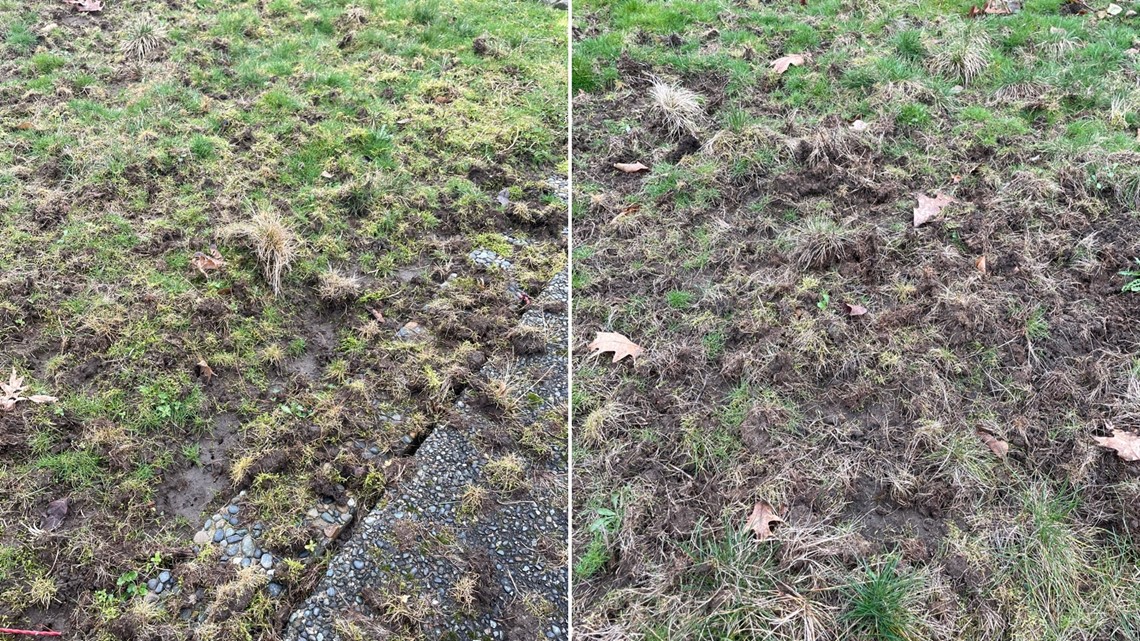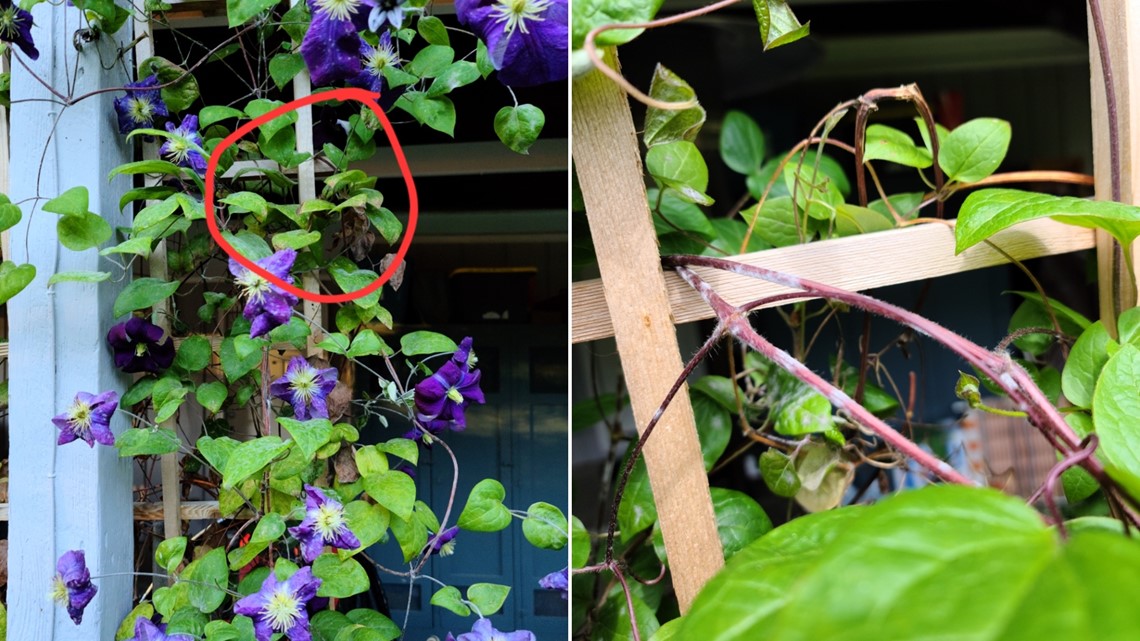SEATTLE — Ooh la la - the gardening doctor is in.
As KING 5 viewers are getting their gardens ready for spring, we took their questions to gardening guru Ciscoe Morris to tackle their toughest plant problems.
Note that some questions have been edited for brevity and clarity. Here's what he had to say.
Best grass for dogs
What is the best grass for dogs? And how to reseed? – Erin Hatfield
Bad news: Morris said there is no grass that can deal with dogs, especially if you have more than one dog.
"They're going to tear that grass to shreds," Morris said.
However, you can salvage the damage. Morris said don't replace the tracks or holes with mulch. If you end up with holes, fence it off and fill it with soil before reseeding.
To reseed the entire lawn properly, Morris recommended renting an aerator and dropping grass seed in the holes. If you just throw seed on the lawn, Morris said it won't sprout as effectively.
Critters digging up the grass
My lawn looks like it has been thatched but it definitely wasn’t. I’ve noticed more houses along my street and others blocks away with the same condition. I am thinking it’s birds digging for some sort of insect but I have no clue. – Nicolas Albanese


Morris said the culprit of this problem is the European chafer beetle, which feeds on grass roots in its larval or grub phase. The grubs are white with blackheads and about one inch long.
"That will wreck the lawn pretty good as it is, but guess what? It's a gourmet treat for animals," Morris said. "Once those crows know they're in there, they're going to rip that lawn to shreds."
Morris said other animals hunt for the grubs, including skunks and raccoons.
To get rid of the grubs, Morris recommended good lawn care, including watering your lawn all summer long and using fertilizer.
Morris recommended using beneficial nematodes, which are microscopic worms, to control the grubs.
Pruning a young cherry tree
We have a cherry tree that has been planted now for 3 years. We heard you are supposed to wait 3 years to trim it but we are concerned about doing it correctly. – Juli and Patrick Murphy


Morris said pruning a cherry tree for the first time is tricky but there are a few rules to follow. In general, prune to thin out branches and cut out the weaker of the crossing branches.
Try to open up the middle of the tree by cutting out sprouts so there's better air circulation, which will help keep the tree healthy.
If it's a dwarf cherry tree, Morris also recommended controlling for height so you don't end up with a 40-foot tree. However, know that pruning off the top could lead to an explosion of growth.
Dealing with plant fungus
I have a clematis in a very large pot on my covered porch and every year it gets beautiful new little growth sprouts but never gets very full and doesn't get flowers every year. Before the end of summer, it gets powdery mold and black spots and seems to die. – Jaimee English


I have a large pot of lupines and clematis that I, and the bees, adore. Last summer, the lupine ended up covered in rust fungus and I can see signs that it is still there on the new growth. I’ve treated with neem oil, but this might be a battle I can’t win that way. Should I get rid of all the plants and start over? And if so, how do I dispose of the soil and plants to not let the fungus spread around my yard? – Tracie Barry
Morris said powdery mildew tends to attack plants that are under stress. To prevent it, Morris recommended fertilizing the clematis well, thinning out the vines so they get more air circulation as they grow and avoiding getting the foliage wet.
If you begin to see mildew on the clematis, spray it with neem oil, which is a vegetable oil from fruits and seeds of a tree in India, and Morris said that should take care of it.
As far as the lupine, Morris said it should be uprooted and put in the trash. Do not put it in the compost or the fungus could risk spreading.

